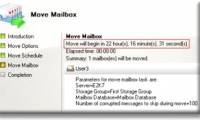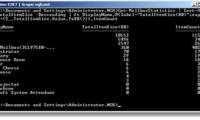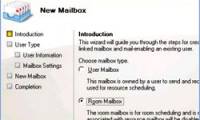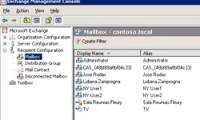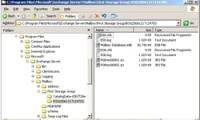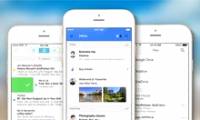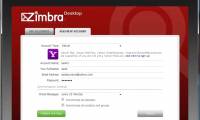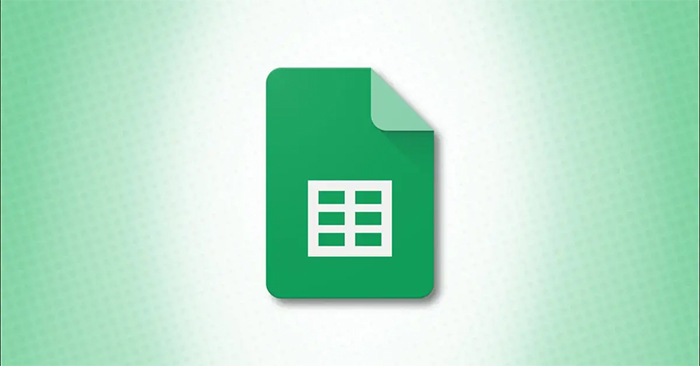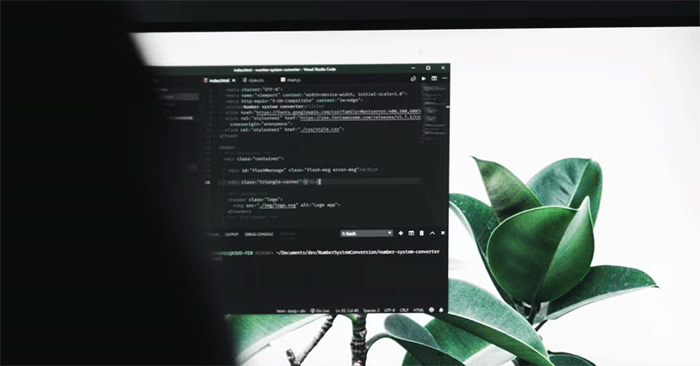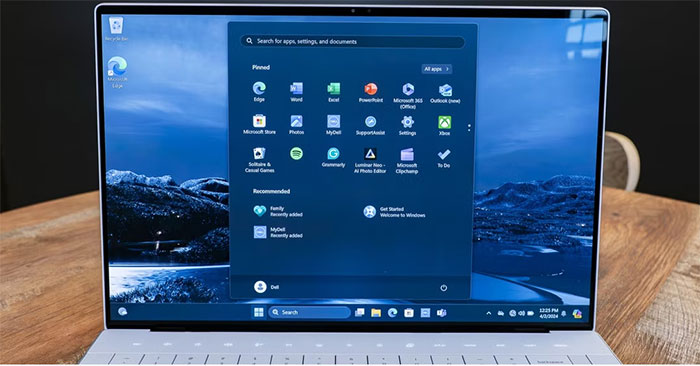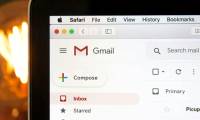
gmail continues to be enhanced by google with the latest feature just deployed on december 15, allowing you to manage multiple gmail accounts in the same gmail mailbox without
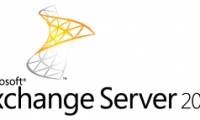
we received about 3 to 4 offers each day asking how to configure a shared mailbox. now that exchange 2010 has become more popular, the offer for exchange 2010 has also increased.
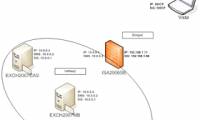
this article is made based on the following situation: the company or organization where you work has experienced many sales and changes over the years. during that process, some

in the second part of this series, we installed the necessary components, enabled and configured the file share witness for majority node set (mns) quorum as well as the transport

in the previous part of this series, we learned how to create a resource mailbox and how to enable it so that a user can access it through the add-mailboxpermission cmdlet. at

there are many tasks that every exchange administrator must perform daily and moving mailboxes is one of those tasks. the most obvious example of mailbox migration is when a user

in part 1 of this article, we introduced the move mailbox utility that is included in the exchange management console as well as other event logs recorded when the mailboxes were

the requirement for obtaining a mailbox list along with their sizes is categorized as a rather high requirement in the list of questions from exchange administrators. in exchange

in this article, i will show you how to create a resource mailbox using exchange management console or exchange management shell. we will see the differences between the resource

one of the biggest frustrations with the exchange server 2007 rtm version is the lack of ability to export the mailbox to a personal folder file (.pst) with the export-mailbox

in this article, we will approach the management of mailboxes in exchange server 2007. this seems to be a simple discussion but we will look at some advanced points related to

we have seen the first part about managing mailboxes in exchange server 2007, in part two we can analyze this issue in more depth. in this article, we will look at information in

the recover storage group (rsg) feature was introduced earlier in exchange 2003, allowing you - as an exchange administrator - to have a secondary copy of the mailbox database

in this article, i will show you how to use ldp to determine which mailbox manager policy is being applied to a user's mailbox. i had to do this when i found that a wrong mailbox

while using online accounts such as mailboxes, banking services, passwords are like the anti-theft lock, the more sophisticated, the more secure the property.

on ios, we have dozens of email client apps next to apple mail by default, so what is the best application, best suited to the needs of each user?

remember to backup an email account with data stored in the cloud is not easy, but how to do that is what we want to introduce in this article.

google's e-mail service is equipped with many interesting and useful features but not everyone knows as if it automatically exits from a remote account, using keyboard shortcuts
 gmail continues to be enhanced by google with the latest feature just deployed on december 15, allowing you to manage multiple gmail accounts in the same gmail mailbox without
gmail continues to be enhanced by google with the latest feature just deployed on december 15, allowing you to manage multiple gmail accounts in the same gmail mailbox without we received about 3 to 4 offers each day asking how to configure a shared mailbox. now that exchange 2010 has become more popular, the offer for exchange 2010 has also increased.
we received about 3 to 4 offers each day asking how to configure a shared mailbox. now that exchange 2010 has become more popular, the offer for exchange 2010 has also increased. this article is made based on the following situation: the company or organization where you work has experienced many sales and changes over the years. during that process, some
this article is made based on the following situation: the company or organization where you work has experienced many sales and changes over the years. during that process, some in the second part of this series, we installed the necessary components, enabled and configured the file share witness for majority node set (mns) quorum as well as the transport
in the second part of this series, we installed the necessary components, enabled and configured the file share witness for majority node set (mns) quorum as well as the transport in the previous part of this series, we learned how to create a resource mailbox and how to enable it so that a user can access it through the add-mailboxpermission cmdlet. at
in the previous part of this series, we learned how to create a resource mailbox and how to enable it so that a user can access it through the add-mailboxpermission cmdlet. at there are many tasks that every exchange administrator must perform daily and moving mailboxes is one of those tasks. the most obvious example of mailbox migration is when a user
there are many tasks that every exchange administrator must perform daily and moving mailboxes is one of those tasks. the most obvious example of mailbox migration is when a user in part 1 of this article, we introduced the move mailbox utility that is included in the exchange management console as well as other event logs recorded when the mailboxes were
in part 1 of this article, we introduced the move mailbox utility that is included in the exchange management console as well as other event logs recorded when the mailboxes were the requirement for obtaining a mailbox list along with their sizes is categorized as a rather high requirement in the list of questions from exchange administrators. in exchange
the requirement for obtaining a mailbox list along with their sizes is categorized as a rather high requirement in the list of questions from exchange administrators. in exchange in this article, i will show you how to create a resource mailbox using exchange management console or exchange management shell. we will see the differences between the resource
in this article, i will show you how to create a resource mailbox using exchange management console or exchange management shell. we will see the differences between the resource one of the biggest frustrations with the exchange server 2007 rtm version is the lack of ability to export the mailbox to a personal folder file (.pst) with the export-mailbox
one of the biggest frustrations with the exchange server 2007 rtm version is the lack of ability to export the mailbox to a personal folder file (.pst) with the export-mailbox in this article, we will approach the management of mailboxes in exchange server 2007. this seems to be a simple discussion but we will look at some advanced points related to
in this article, we will approach the management of mailboxes in exchange server 2007. this seems to be a simple discussion but we will look at some advanced points related to we have seen the first part about managing mailboxes in exchange server 2007, in part two we can analyze this issue in more depth. in this article, we will look at information in
we have seen the first part about managing mailboxes in exchange server 2007, in part two we can analyze this issue in more depth. in this article, we will look at information in the recover storage group (rsg) feature was introduced earlier in exchange 2003, allowing you - as an exchange administrator - to have a secondary copy of the mailbox database
the recover storage group (rsg) feature was introduced earlier in exchange 2003, allowing you - as an exchange administrator - to have a secondary copy of the mailbox database in this article, i will show you how to use ldp to determine which mailbox manager policy is being applied to a user's mailbox. i had to do this when i found that a wrong mailbox
in this article, i will show you how to use ldp to determine which mailbox manager policy is being applied to a user's mailbox. i had to do this when i found that a wrong mailbox while using online accounts such as mailboxes, banking services, passwords are like the anti-theft lock, the more sophisticated, the more secure the property.
while using online accounts such as mailboxes, banking services, passwords are like the anti-theft lock, the more sophisticated, the more secure the property. on ios, we have dozens of email client apps next to apple mail by default, so what is the best application, best suited to the needs of each user?
on ios, we have dozens of email client apps next to apple mail by default, so what is the best application, best suited to the needs of each user? remember to backup an email account with data stored in the cloud is not easy, but how to do that is what we want to introduce in this article.
remember to backup an email account with data stored in the cloud is not easy, but how to do that is what we want to introduce in this article. google's e-mail service is equipped with many interesting and useful features but not everyone knows as if it automatically exits from a remote account, using keyboard shortcuts
google's e-mail service is equipped with many interesting and useful features but not everyone knows as if it automatically exits from a remote account, using keyboard shortcuts
